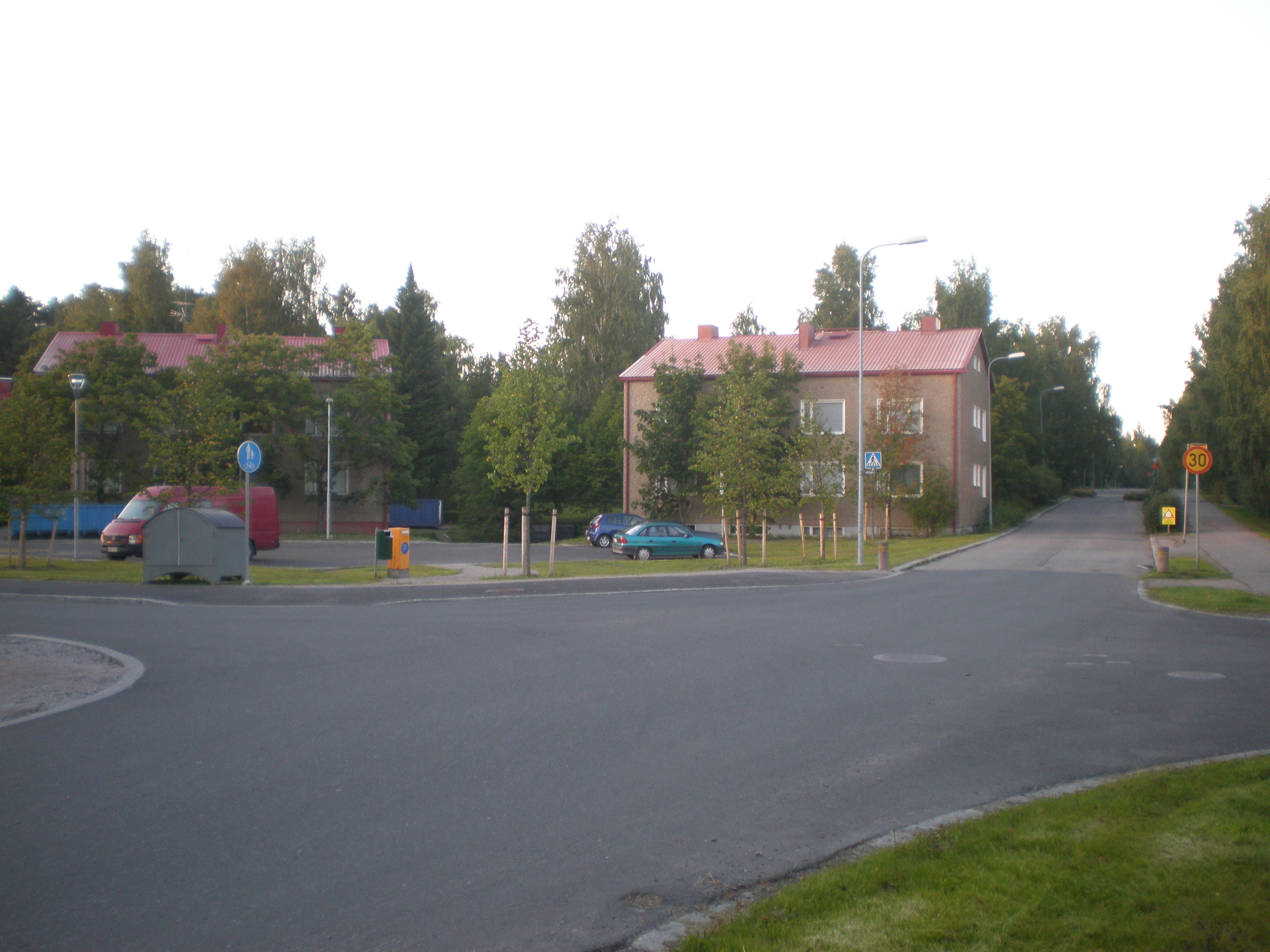Takahuhti on:
[Wikipedia]
[Google]
[Amazon]
 Takahuhti is a
Takahuhti is a
district
A district is a type of administrative division that, in some countries, is managed by the local government. Across the world, areas known as "districts" vary greatly in size, spanning regions or county, counties, several municipality, municipa ...
in Tampere
Tampere ( , , ; sv, Tammerfors, ) is a city in the Pirkanmaa region, located in the western part of Finland. Tampere is the most populous inland city in the Nordic countries. It has a population of 244,029; the urban area has a population o ...
, Finland
Finland ( fi, Suomi ; sv, Finland ), officially the Republic of Finland (; ), is a Nordic country in Northern Europe. It shares land borders with Sweden to the northwest, Norway to the north, and Russia to the east, with the Gulf of B ...
. It is located in eastern part of the city, close to Atala, Linnainmaa, Kissanmaa and Messukylä
Messukylä ( sv, Messukylä, also ) is a former municipality of Finland which was annexed by the city of Tampere in 1947. The medieval stone church (built c. 1540) in Messukylä is the oldest building in Tampere. During the Civil War (1918), Mess ...
. There are many prehistoric residences and finds in the area. Takahuhti was the largest village in Messukylä from the Middle Ages
In the history of Europe, the Middle Ages or medieval period lasted approximately from the late 5th to the late 15th centuries, similar to the post-classical period of global history. It began with the fall of the Western Roman Empire ...
to the 20th century. The Battle of Tampere
The Battle of Tampere was a 1918 Finnish Civil War battle, fought in Tampere, Finland from 15 March to 6 April between the Whites and the Reds. It is the most famous and the heaviest of all the Finnish Civil War battles. Today it is particular ...
was also fought in Takahuhti during the 1918 civil war. The area is dominated by detached house
A stand-alone house (also called a single-detached dwelling, detached residence or detached house) is a free-standing residential building. It is sometimes referred to as a single-family home, as opposed to a multi-family residential dwelli ...
s and there is a school built in 1939.
Historian and professor Unto Salo, has concluded from the ancient discoveries that the village of Takahuhti has been inhabited since the Iron Age
The Iron Age is the final epoch of the three-age division of the prehistory and protohistory of humanity. It was preceded by the Stone Age ( Paleolithic, Mesolithic, Neolithic) and the Bronze Age ( Chalcolithic). The concept has been mostl ...
and that there were four houses in the village at that time. Four Iron Age cemeteries are known from the village's area of influence, the Kartanonsaari, Kukkoinkivi, Veijanmäki and Pappula cemeteries. According to the 1540 land register
Land registration is any of various systems by which matters concerning ownership, possession, or other rights in land are formally recorded (usually with a government agency or department) to provide evidence of title, facilitate transactions, ...
, Takahuhti was the largest village in with 28 houses. Documents show the area as early as 1390, when man named Laurens Takahwktis was the area's observer. The center of the old village of Takahuhti was at the present Ristinarkku district. Takahuhti was annexed to the city of Tampere in connection with the Messukylä municipal association in 1947 and the first town plan was approved in 1952. Takahuhti is mainly a detached house area, but there is also a large apartment building area in the middle of the district.
Takahuhti is bordered on the south by the Sampo Highway (Sammon valtatie), on the east by Linnankatu and the eastern boundary of the field to the north and Kirjavaisenkatu and Kourutaltankatu. To the north, the area is bordered by Teiskontie. In the west, the border of Takahuhti runs along Kuusimäenkatu between Kalmonkatu to Kuusemäenrinne and from there along the creek to Huhmaninkatu.
The center of the Takahuhti district is Irjalanaukio, named after Irjala House. The land register of 1540 mentions the farmer Juho Irjaínen. The surname Irjainen comes from the Finnish given name Yrjänä, which was often written in the form of ''Yrian'' in 16th century sources. The name goes back to Saint George
Saint George (Greek: Γεώργιος (Geórgios), Latin: Georgius, Arabic: القديس جرجس; died 23 April 303), also George of Lydda, was a Christian who is venerated as a saint in Christianity. According to tradition he was a soldie ...
, who was a popular saint in the late Middle Ages.Louhivaara 1999, s. 193. (in Finnish)
References
Districts of Tampere {{WesternFinland-geo-stub